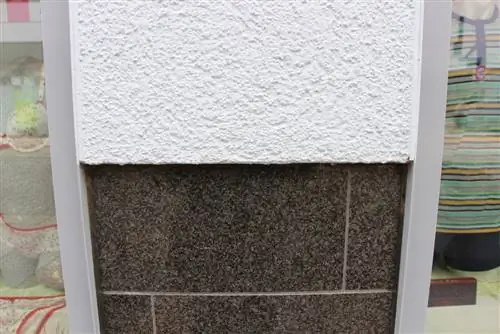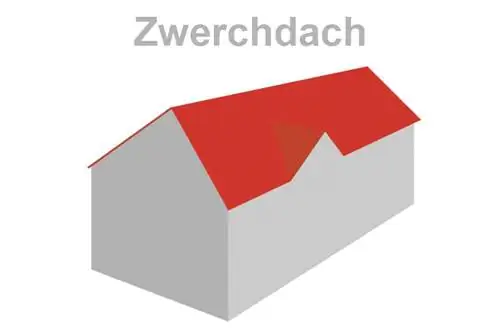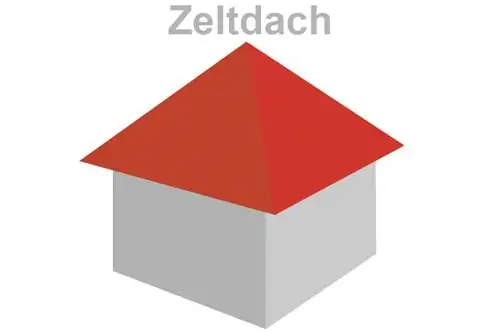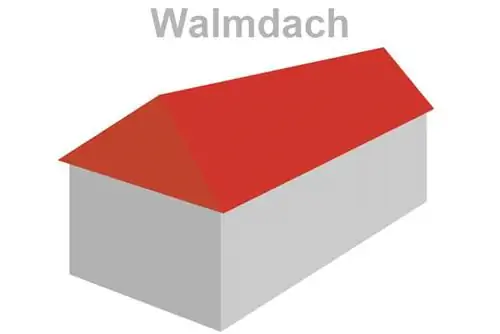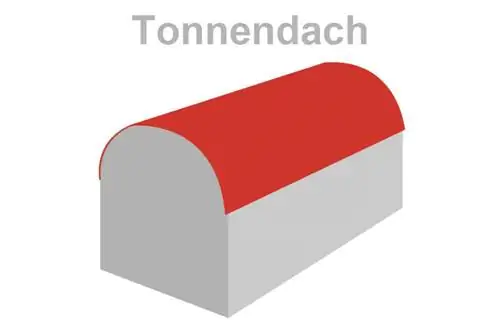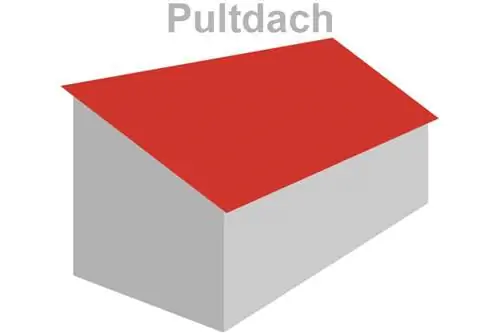- Author admin [email protected].
- Public 2023-12-17 03:39.
- Last modified 2025-06-01 06:48.
If the base of the house needs to be protected from splashing water and driving rain, there are various options available. Each variant comes with its own advantages and disadvantages. We explain how sealing is possible in different ways, what needs to be taken into account and what the advantages and disadvantages of the selected method are.
Why does the base of the house need to be sealed?
The base is a weak point in the house. Splash water, frost or ground frost, surface water, driving rain and other precipitation can cause moisture to penetrate the masonry. The possible consequences of this are:
- Mold formation
- Loss in value of the house
- Damage to the masonry, which results in follow-up costs
- Water (damage) in the basement
- high costs for draining the masonry
To avoid these consequences and the associated problems, the base should be sealed accordingly. However, in order to find the right variant, a few factors should be taken into account. Because the choice doesn't just depend on the desired look and the effort required.
Painting the base
The simplest sealing option is a water-repellent coat. The costs and the associated effort are low. However, some points must also be taken into account. The following steps will help:
1. Choose color
Optimal is a pure acrylic latex that is free of solvents. Other waterproofing base colors are also suitable. In addition to choosing the color, the most important thing is the appropriate preparation.
2. Preparations
So that the paint has a good hold and can serve as protection against moisture penetration, the base must be prepared accordingly. It must be free of cracks and holes and dry. Damage is therefore repaired with a repair mortar. This must dry out before the primer is applied. It is important that it is selected to match the impregnating paint. Advice can be useful here if there is uncertainty. If the primer has been applied, it must also dry completely before the actual painting.
3. Painting
Painting itself requires little effort. Most of the work usually goes into the preparation and not the painting.
Advantages and disadvantages of painting
The effort required for painting is comparatively high due to the individual steps involved. The costs are also relatively high compared to covering the base. But the difference is usually rather small. However, repairs and painting over are very easy. There are also many color and design variations, so there is a lot of freedom of choice.
Covering, facing, clinkering

Clinker bricks, clinker brick strips, sheet metal or plastic - costs and effort can vary greatly when cladding the base. However, there are a few similarities that should be taken into account. These include:
1. Existing insulation of the house
If your home already has insulation, cladding is usually significantly cheaper. Whether you choose foil and sheet metal or clinker brick slips - as long as no additional insulation has to be achieved, the costs are quite low. However, the effort can be similar.
2. Preparation
The cladding should only be installed if the surface is flat, free of cracks and holes and dry. The use of repair mortar and sufficient drying time are therefore crucial for adhesion. If metal sheets are applied, a special film should have been installed underneath. For clinker brick slips, an appropriate adhesive that is combed is sufficient.
3. Advice
Expert advice can be useful in order to find the best possible solution for your individual case. Nobody has to shy away from this, because the costs for individual advice are limited - but you can save follow-up costs if the recommendation is taken into account.
Advantages and disadvantages of disguise
There is a very wide range of cladding in terms of properties and appearance. Clinker bricks, clinker bricks, insulating clinker, sheets and plastic are available to choose from. The customization options are a clear advantage. However, installing the cladding can mean a lot of effort. Even the planning can be very comprehensive. However, this step is necessary to achieve an accurate distribution and a meaningful result. Another advantage is that additional insulation can be achieved with the cladding. This is not possible with one coat of paint.
Painting or cladding - what should it be?
The advantage of a coat of paint is that it can be applied relatively easily even on your own. When it comes to cladding, this is more difficult and time-consuming. The costs are surprisingly similar. So they alone should not be a decision criterion. Whether it's for dressing up or painting should depend on the expert opinion.
Waterproof yourself or have it impregnated?
Many people would like to do most of the things themselves to save costs. This is a little easier when painting than when covering the base. In any case, the expert opinion should be decisive. A price comparison and cost estimates are also useful in order to find the cheapest option.

